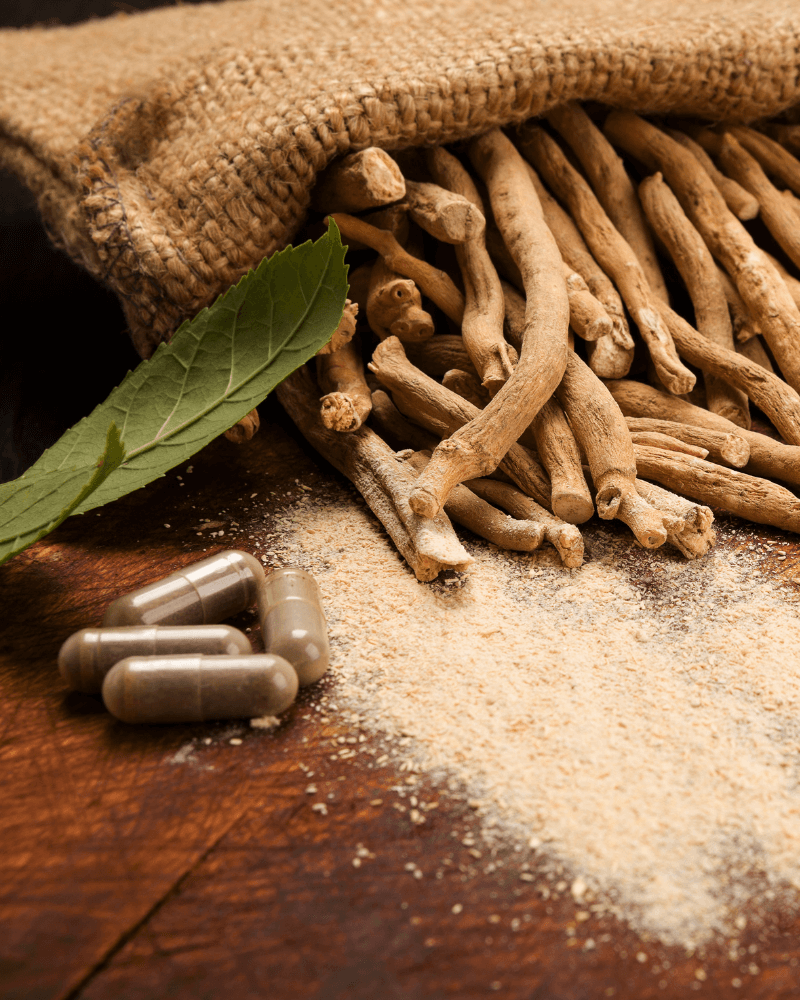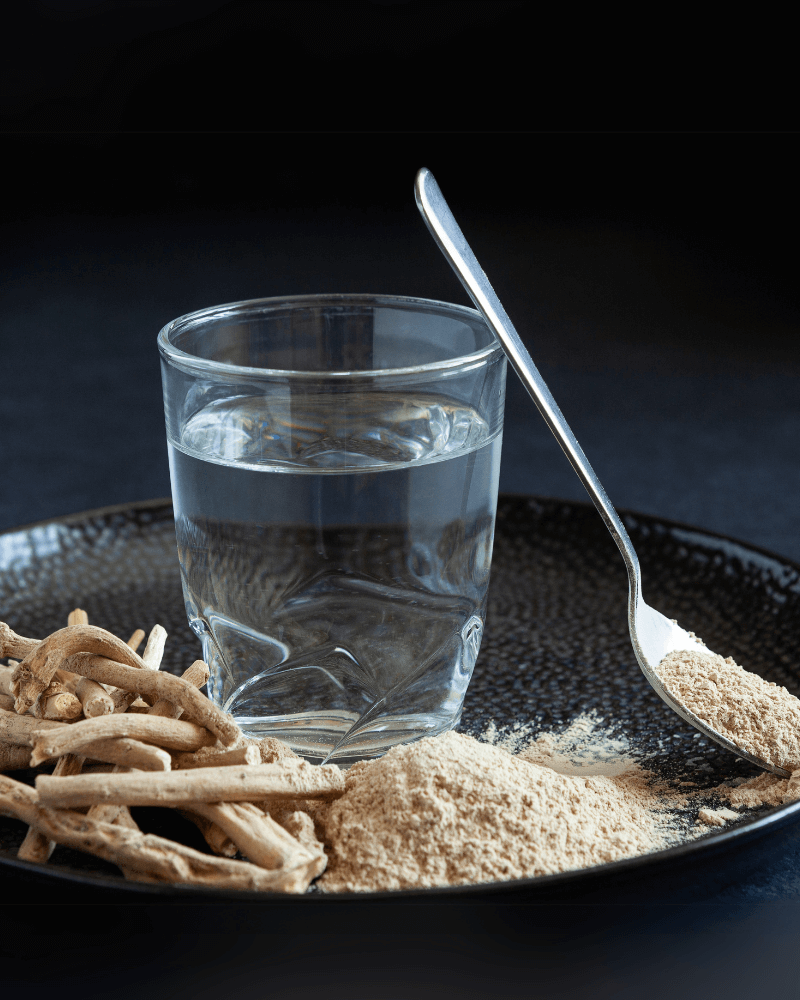What is kava kava?
Kava Kava, scientifically known as Piper methysticum, belongs to the pepper family and has a long tradition in the island regions of the Pacific, such as Fiji, Tonga and Vanuatu. The plant has been used for centuries as a remedy and ceremonial drink. The heart of kava kava's effect lies in the roots, which are rich in kavalactones. These active ingredients are known for their calming, anxiolytic and relaxing effects. Originally, kava kava was used as a ritual drink in spiritual ceremonies to establish a connection between people and their ancestors. Today, it is valued worldwide primarily as a herbal sedative and to promote well-being.
The kava plant
The kava plant thrives in tropical regions with high humidity and fertile soil. It grows as a bushy plant and can grow up to three meters high. The tuberous roots of the plant are particularly important as they contain the highest concentrations of kavalactones. In the traditional use of the Pacific islanders, the root is finely crushed or ground and then mixed with water to produce a drink known for its relaxing and calming properties. Kava Kava used to be a central element in tribal gatherings and ceremonies, where it was seen as a symbol of peace and community. Today, Kava Kava is known worldwide and is consumed in many forms, including tea, capsules, extracts and powder.


Kava Kava effect
The kava plant thrives in tropical regions with high humidity and fertile soil. It grows as a bushy plant and can grow up to three meters high. The tuberous roots of the plant are particularly important as they contain the highest concentrations of kavalactones. In the traditional use of the Pacific islanders, the root is finely crushed or ground and then mixed with water to produce a drink known for its relaxing and calming properties. Kava Kava used to be a central element in tribal gatherings and ceremonies, where it was seen as a symbol of peace and community. Today, Kava Kava is known worldwide and is consumed in many forms, including tea, capsules, extracts and powder.
Kava Kava experiences: What users report
In Kava Kava testimonials, many users describe the calming effect of the plant as pleasant and natural. Especially when taken in the evening, users report deep relaxation, which helps to leave everyday stress behind. Some users also report an improved quality of sleep and a noticeable reduction in anxiety. However, there are also negative experiences, especially among people who consume Kava Kava over a longer period of time or in high doses. Frequently reported side effects include drowsiness, headaches and digestive problems. In rare cases, skin problems or a slight yellowing of the skin have been reported, which may be due to excessive consumption.
Kava Kava dosage: finding the right amount
The dosage of Kava Kava depends heavily on the desired effect and individual tolerance. A low dose may be sufficient to promote mild relaxation, while higher doses may be helpful for more severe anxiety or sleep problems. Here are some guidelines:
-Mild relaxation: 50-100 mg of Kavalactone per day, ideal for beginners.
-Moderate dose for sleep support: 150-200 mg Kavalactone, preferably in the evening.
-Higher dose for anxiety: Up to 250 mg of Kavalactone, divided into two to three servings a day.
It is recommended to increase the dosage slowly and monitor your own reaction to Kava Kava to find the optimal amount. Higher doses can lead to side effects, so it is important not to exceed the recommended daily amount.
FAQs
There is evidence that kava kava can also be helpful for mild depressive moods due to its anxiolytic and mood-enhancing properties. Studies suggest that the kavalactones improve mood by influencing the activity of neurotransmitters such as GABA in the brain. However, kava kava is not a substitute for medical treatment for depression and should only be taken as a supportive measure. Consultation with a doctor is important in this case.
The effect of Kava Kava usually sets in within 20 to 30 minutes after ingestion. With capsules and tablets, it can take a little longer, as the body has to digest the preparation first. The effects usually last 2 to 4 hours, depending on the dosage and individual reaction. Kava tea usually works faster, as the kavalactones are absorbed directly through the mucous membranes.
The combination of Kava Kava and alcohol is not recommended, as both substances can depress the central nervous system and increase the sedative effect. This can lead to severe drowsiness, slower reactions and an increased risk of liver damage. To avoid health risks, you should keep at least a few hours between taking kava kava and consuming alcohol.
Yes, there are different types of kava, which differ in their composition and effects. In the Pacific island regions, there are varieties such as Noble Kava and Tudei Kava. Noble Kava is considered to be of higher quality and is generally safer for regular consumption as it causes fewer side effects. Tudei Kava (derived from "Two-Day Kava") can have stronger and longer-lasting effects, but is less often recommended due to its potential side effects. When buying kava products, it is therefore important to pay attention to the variety.
Kava Kava can be of interest to athletes as it can relieve muscle tension and help to relax after intensive training sessions. The relaxing effect can also aid recovery. However, Kava Kava can cause drowsiness and slow down reaction time, which could affect performance. It should therefore be used after training or on rest days.





